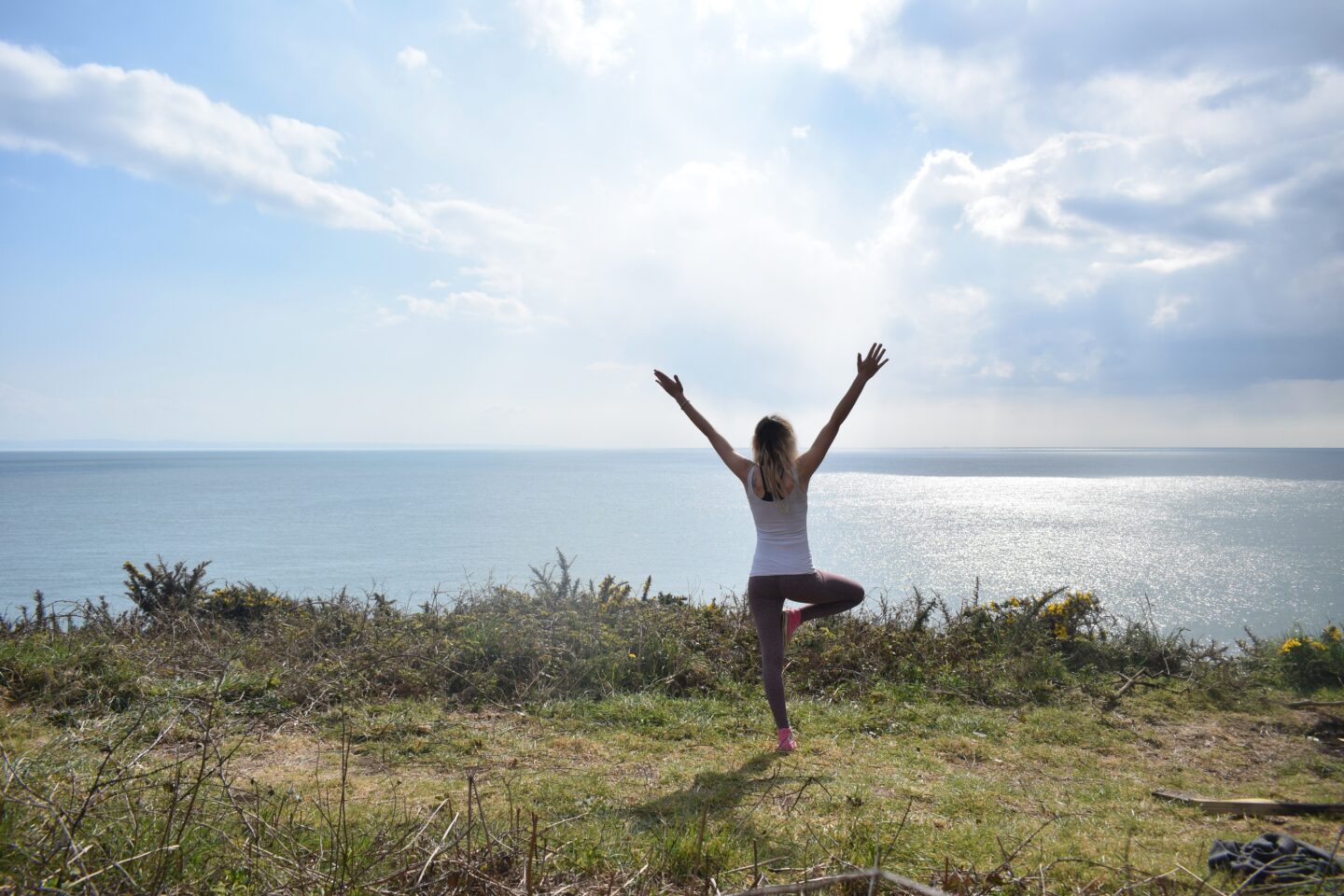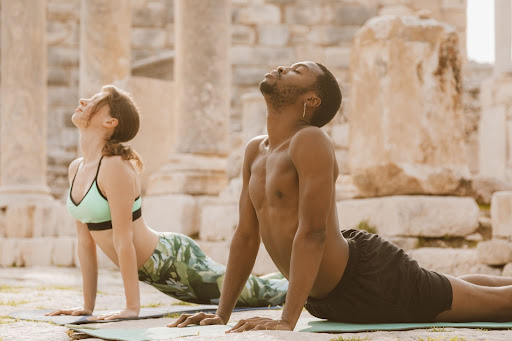
*collaborative post*
In January 2021, when we were living through the worst covid lockdown of them all, I did a 30 day yoga challenge. I had been inconsistently practicing yoga for years but had never managed to create a regular fitness routine. Now, over 18 months later, I practice yoga every day. I roll my mat out every day of the week without fail, but it took a long time to get to this point. If you are looking to start your own fitness routine, this guest post is full of excellent advice for beginners.
4 things all beginners should do to start a fitness routine
If you’re looking to get fit, it’s important to start with a solid foundation. You need to assess where you are now, define your fitness goals, and then create a plan based on those factors. If you’re unsure where to begin, here are three suggestions for getting started:
Assess your current fitness level.
Before starting any exercise program, assessing your current fitness level is important. This is not only because you’ll know where you are and what to expect but also because it will help inform your future goals and motivate you along the way. In addition, if someone has never worked out, they will have a different experience than someone who has been exercising consistently for months or years.
This can be particularly important if you’re working with a personal trainer who won’t know how much exercise is too much until they’ve seen how far along in their journey they are. So knowing where your body is now giving them an idea of where they’d like their client’s body to go.
Define your goal for starting a new fitness routine.
You should define your goals. For example, maybe you want to lose 10 pounds, or maybe you want to run a marathon. The important thing is that you set out with a clear objective in mind.
When setting goals, it’s important not to get too ambitious or unrealistic—for example, if running a marathon is something that interests you but could never realistically happen for any number of reasons. If you don’t have the money or time to train as hard as it would take, don’t focus on that goal.

Start your routine small and slowly add to it.
The next thing you need to do is start small. It’s much better to build up your routine slowly than to jump into a huge workout and end up hurting yourself.
Start with a few minutes of physical activity, and add a few minutes each week until you reach your goal. If you’re new to exercise, start with a shorter warm-up period (five minutes) before moving on to your main routine.
Make sure that whatever exercises or movements you choose are easy enough for you so that they don’t cause any injuries while giving your body time to get used to the new activity. If you need a little help with adding more to your workout, you’ll need the support of a certified personal fitness instructor (you can learn more about different certifications here) who may be able to give you the support you need.
Make sure you’re getting enough rest between workouts.
You don’t want to overdo it. Rest is just as important as exercise, especially when you’re just starting. If you don’t give your body time to recuperate between workouts, chances are good that you’ll end up fatigued and injured—and that’s not what we’re going for here!
You probably already know this, but it bears repeating: rest is crucial if you want to avoid injury while exercising. The muscles need time to repair themselves and build back up to support more weight in each successive workout. Without adequate recovery time between workouts, the risk of injuries increases exponentially, so you’ll have less motivation and energy for your next workout.
By allowing yourself enough rest between workouts, your body can recuperate from the previous session to perform even better next time. This also gives your muscles more opportunity for growth, meaning more significant gains. In addition, it allows them more recovery time around which new muscle fibers can form themselves into larger masses capable of supporting heavier weights with greater ease.
